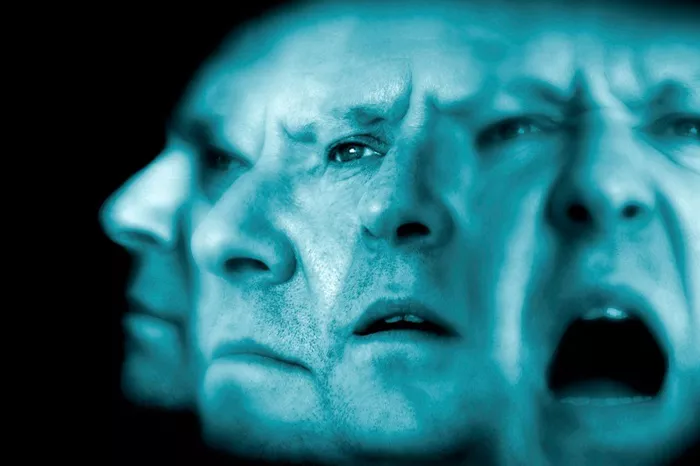Schizophrenia is a complex and often debilitating mental health disorder that affects an individual’s thinking, feeling, and behavior. Among its several subtypes, catatonic schizophrenia is particularly marked by abnormal motor movements and behaviors. This article delves deep into the causes of catatonic schizophrenia, explores its unique symptoms, and discusses the latest research findings and treatment approaches.
Understanding Schizophrenia and Its Subtypes
Schizophrenia is not a monolithic condition but rather a spectrum disorder that manifests in various forms. The subtypes of schizophrenia, as traditionally categorized, include paranoid, disorganized, catatonic, undifferentiated, and residual types. Each subtype has unique characteristics and symptoms. Catatonic schizophrenia, the focus of this article, is primarily characterized by disturbances in movement. Affected individuals may exhibit motor immobility or excessive, purposeless motor activity.
Defining Catatonic Schizophrenia
Catatonic schizophrenia is defined by its pronounced motor symptoms which can range from complete lack of movement (stupor) to agitated, purposeless movement. These symptoms are severe enough to significantly impair functioning and require immediate clinical attention. The two primary categories of catatonia are:
Catatonic Stupor: Where the individual may remain motionless and mute for hours or even days, exhibiting waxy flexibility (allowing their limbs to be positioned by someone else, which they then maintain for extended periods).
Catatonic Excitement: Characterized by hyperactivity and agitation that seems purposeless and not influenced by external stimuli.
Etiology of Catatonic Schizophrenia
The causes of catatonic schizophrenia, like other forms of schizophrenia, are multifaceted and involve a complex interplay of genetic, biological, and environmental factors.
Genetic Influences
Research indicates a significant genetic component to schizophrenia. Individuals with a first-degree relative with schizophrenia are more likely to develop the disorder themselves. Specific genes have been linked to an increased risk of schizophrenia, though no single gene causes the disease outright. Instead, it is the interaction of many genes and environmental factors that contributes to the development of the disorder.
Neurobiological Factors
Neurobiological factors play a crucial role in the development of catatonic schizophrenia. Abnormalities in the neurotransmitter systems, particularly those involving dopamine, glutamate, and GABA, are linked to the symptoms of schizophrenia. For catatonic schizophrenia, some hypotheses suggest:
Dopamine Hypothesis: Schizophrenia involves an imbalance in dopamine levels and receptor activity in the brain, particularly in pathways involving the prefrontal cortex and limbic system, areas responsible for emotion and higher order functions.
Glutamate Hypothesis: Glutamate is a major neurotransmitter responsible for brain functions, including learning and memory. In people with schizophrenia, glutamate pathways may be dysfunctional, particularly in the NMDA (N-methyl-D-aspartate) receptor, which could contribute to symptoms of catatonia.
GABAergic Dysfunction: GABA (gamma-aminobutyric acid) is an inhibitory neurotransmitter in the brain. Some studies suggest that disruptions in GABAergic function could lead to the motor symptoms seen in catatonic schizophrenia.
Environmental Contributions
Environmental factors also contribute to the risk of developing schizophrenia. These include:
Prenatal Exposure to Viruses: Exposure to certain viruses during pregnancy has been linked to a higher risk of schizophrenia in offspring.
Early Psychosocial Stressors: Severe stress during critical periods of brain development, such as during early childhood, may interact with genetic predispositions to increase the risk of schizophrenia.
Drug Use: Use of substances like cannabis in adolescence or early adulthood can increase the risk of schizophrenia in genetically susceptible individuals.
Diagnostic Challenges
Diagnosing catatonic schizophrenia involves a careful clinical evaluation, as its symptoms can overlap with other medical and psychiatric disorders. Diagnosticians must rule out conditions that could mimic catatonia, such as neuroleptic malignant syndrome, encephalitis, or severe mood disorders.
Treatment Approaches
Treatment for catatonic schizophrenia may involve a combination of:
Medication: Benzodiazepines are typically the first line of treatment for acute catatonic symptoms due to their effectiveness in reducing these symptoms. Antipsychotics may also be used, but with caution, as they can sometimes worsen or trigger catatonic symptoms.
Electroconvulsive Therapy (ECT): ECT is one of the most effective treatments for catatonic schizophrenia, especially when patients do not respond to medication.
Psychotherapy and Support: Alongside medication and ECT, psychotherapy can help manage symptoms, while social and vocational training can assist with daily functioning.
Conclusion
Catatonic schizophrenia is a complex disorder with diverse causes and manifestations. Understanding its etiology requires a multifaceted approach that considers genetic, neurobiological, and environmental factors. By advancing our understanding and refining diagnostic and treatment methods, we can improve outcomes for individuals experiencing this challenging condition, ultimately enhancing their quality of life and functional independence.
[inline_related_posts title=”You Might Be Interested In” title_align=”left” style=”list” number=”6″ align=”none” ids=”8274,8270,8267″ by=”categories” orderby=”rand” order=”DESC” hide_thumb=”no” thumb_right=”no” views=”no” date=”yes” grid_columns=”2″ post_type=”” tax=””]
































